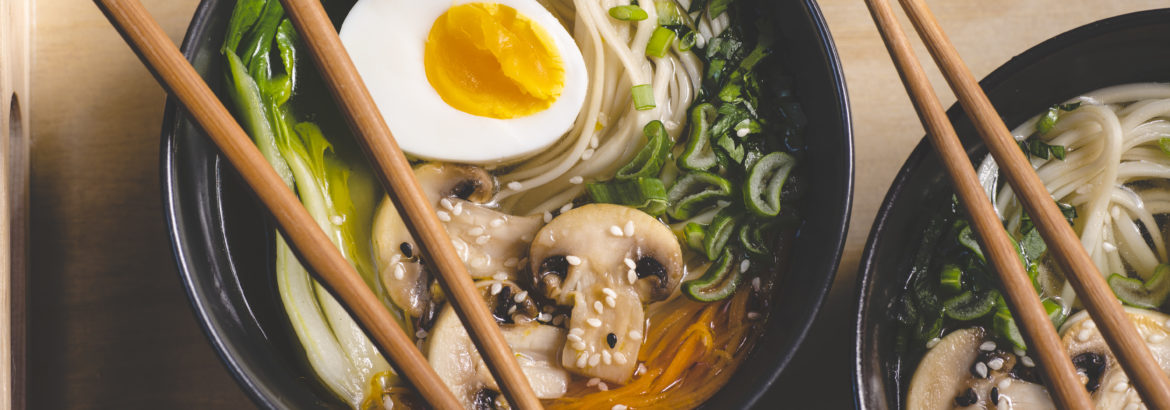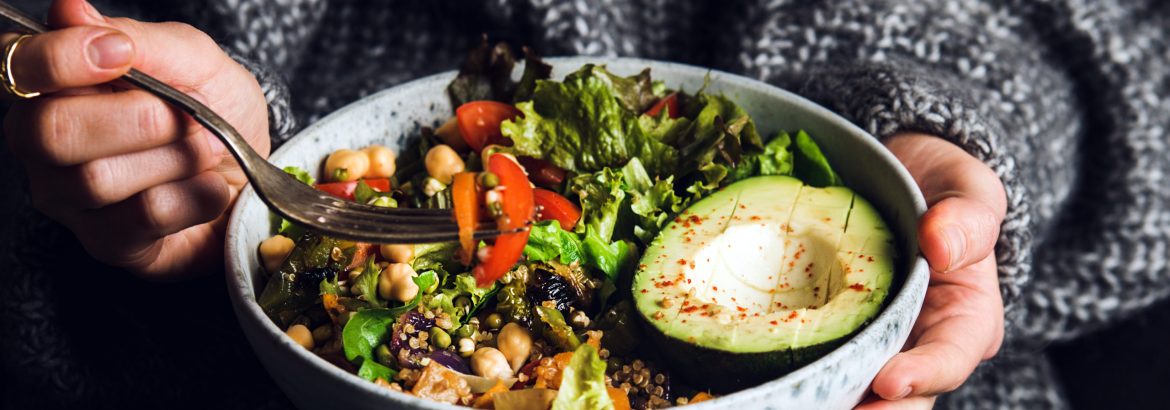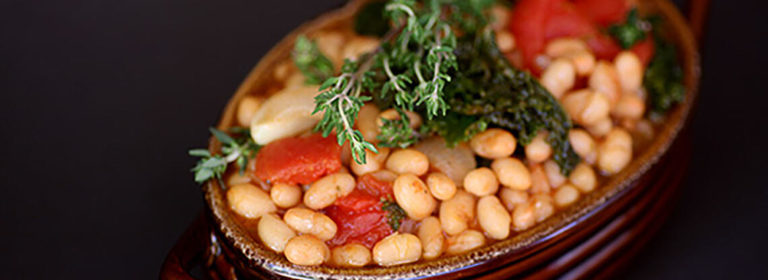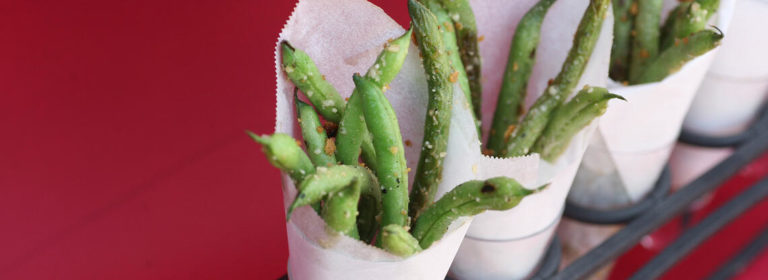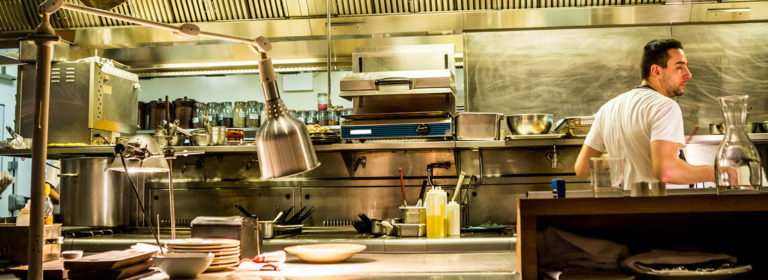January is the month that many diners kick start their health goals, including what they choose to eat. Menus that give people the power to build their meals with ingredients that are nutritious and delicious continue to trend, particularly in the Millennial, Gen Z, and Alpha demographics. The bowl format can be easily adapted for all dayparts and most cuisines, making it a smart choice.
- Salads. The original healthy bowl concept, salads have matured beyond plain lettuce and tomatoes to include a whole host of tasty ingredients that can be raw, roasted, dressed, and charred. Compile them according to global regions, color schemes, flavor profiles, and texture combinations—for maximum craveability.
- Noodles. Mix and match sauce choices and toppings such as proteins (meats, eggs, tofu), vegetables (collard greens, carrots, broccoli, mushrooms), herbs (basil, mint, cilantro, and shiso), and chile peppers (from mild to fiery).
- Grains/Rice. Much like noodles these hearty foundations (think quinoa, barley, amaranth, and sorghum) can be fortified with a wide array of nutrient-rich ingredients that add color, texture, and flavor.
- Acai/Fruit. The Brazilian acai bowl’s popularity has led to myriad copycats that are just as craveable as the original concept. The creamy texture of this recipe’s base component works just as well with yogurt, oatmeal, porridge, and hummus to showcase fresh, natural fruit toppings.
Seasonal Produce Checklist
- Acai: MFC Green and Red Seedless Grapes, RSS Grapefruit Sections, RSS Orange Sections, RSS Cantaloupe and Honeydew Chunks, MFC Strawberries, blueberries, raspberries, and mangos.
- Noodle: RSS Sweet Baby Broccoli, RSS Collard Greens, RSS Washed & Trimmed Green Onions, RSS Peeled Garlic, MFC Jalapeno Peppers, MFC Mushrooms, Kabocha squash, and bok choy.
- Rice: RSS Broccoli & Cauliflower Florets, RSS Carrot Coins, RSS Baby Spinach, RSS Sliced Onions, RSS Avocados, and MFC Bell Peppers.
- Salad: RSS Heritage Blend, RSS Shredded Kale, RSS Shredded Carrots, RSS Urban Blend, RSS Brussels Sprout Halved, MFC Fennel, and quinoa.
